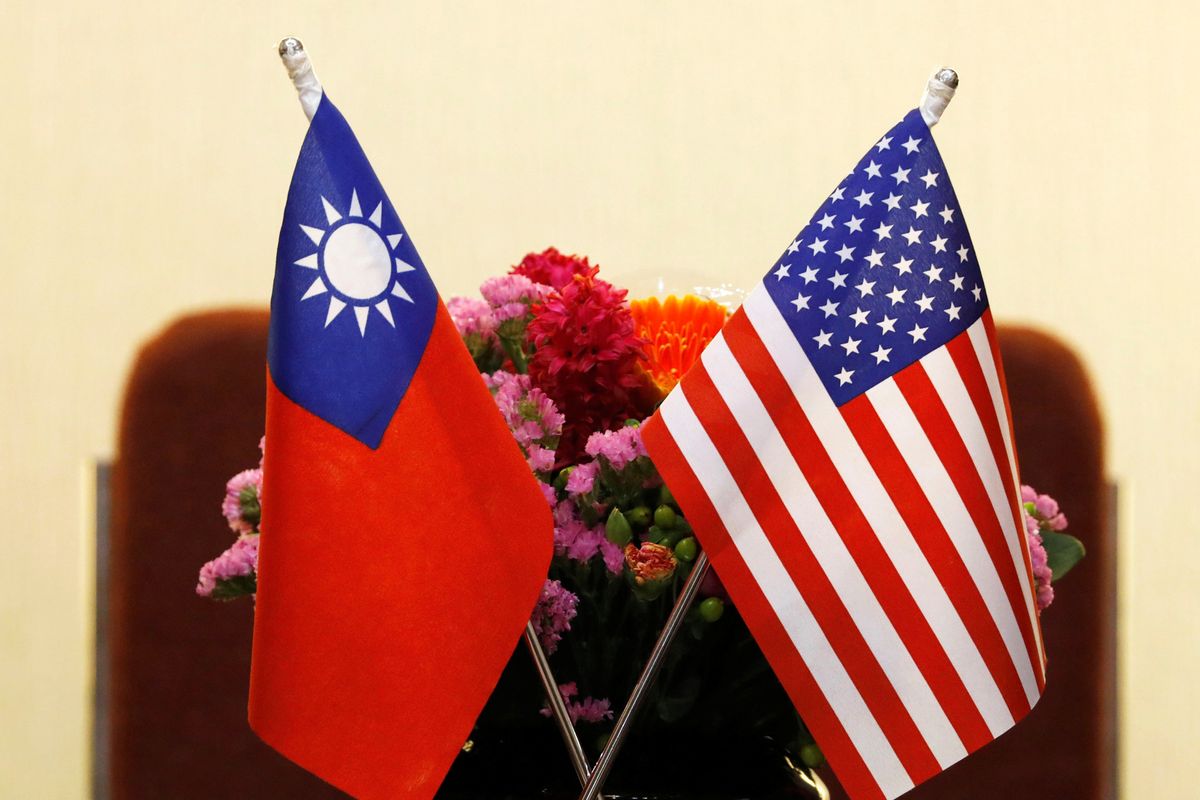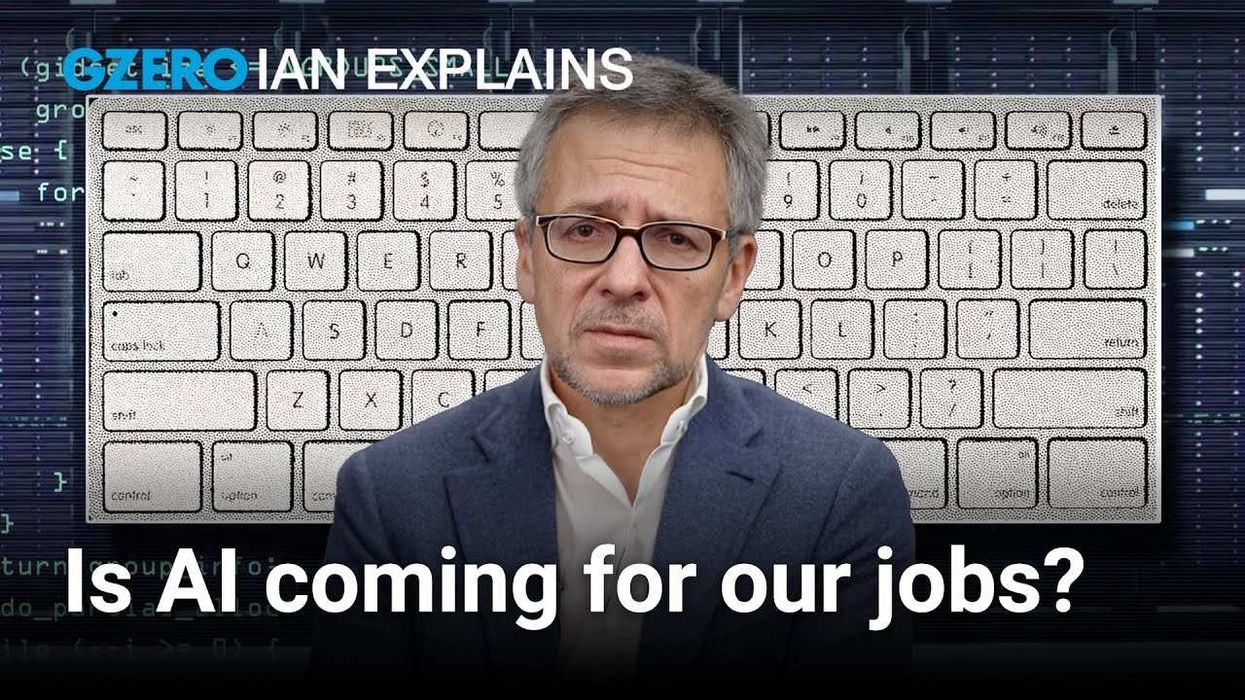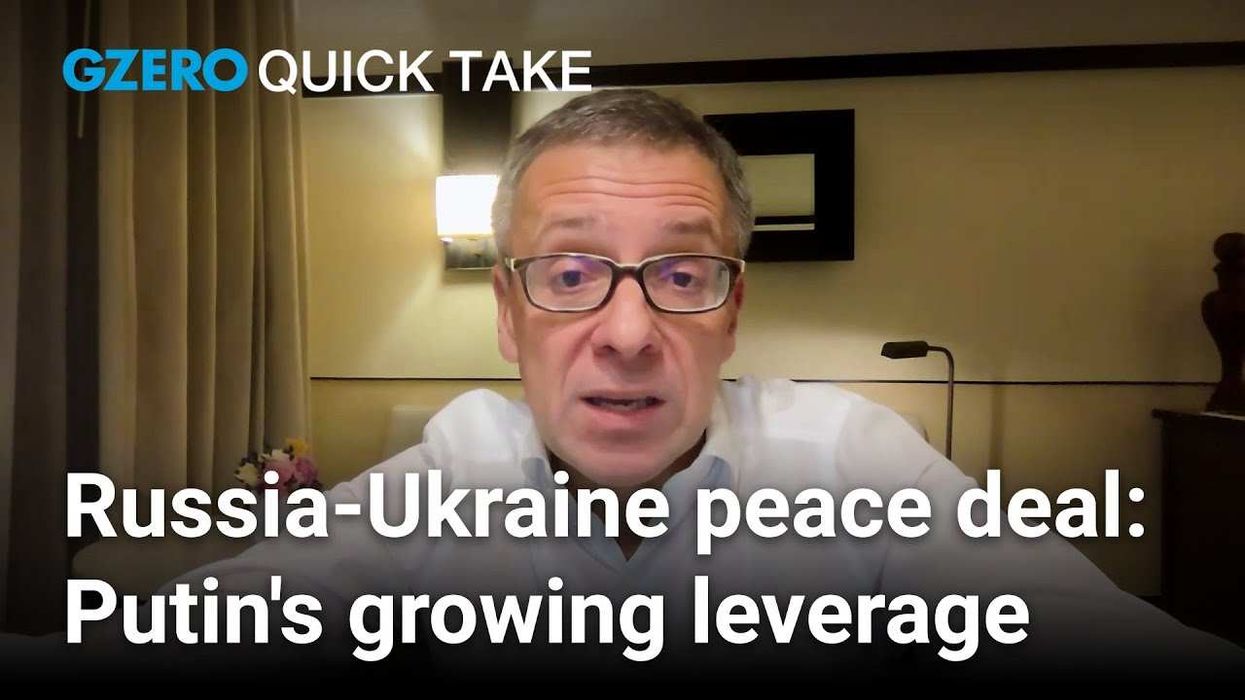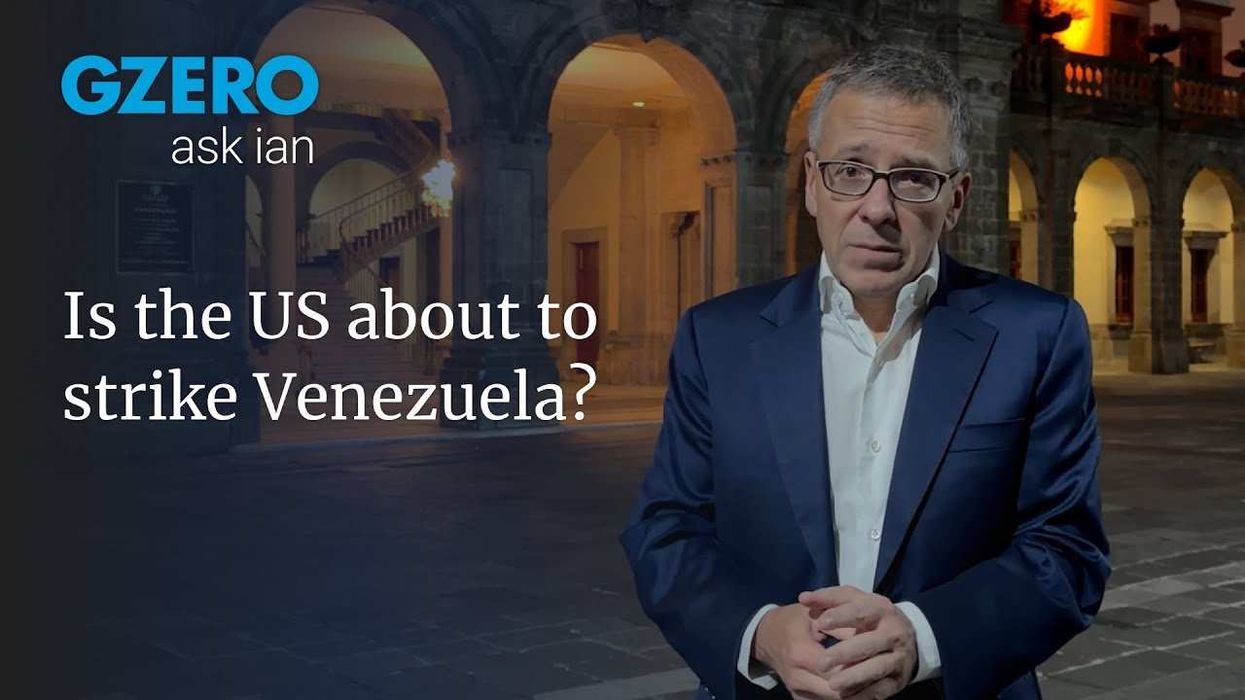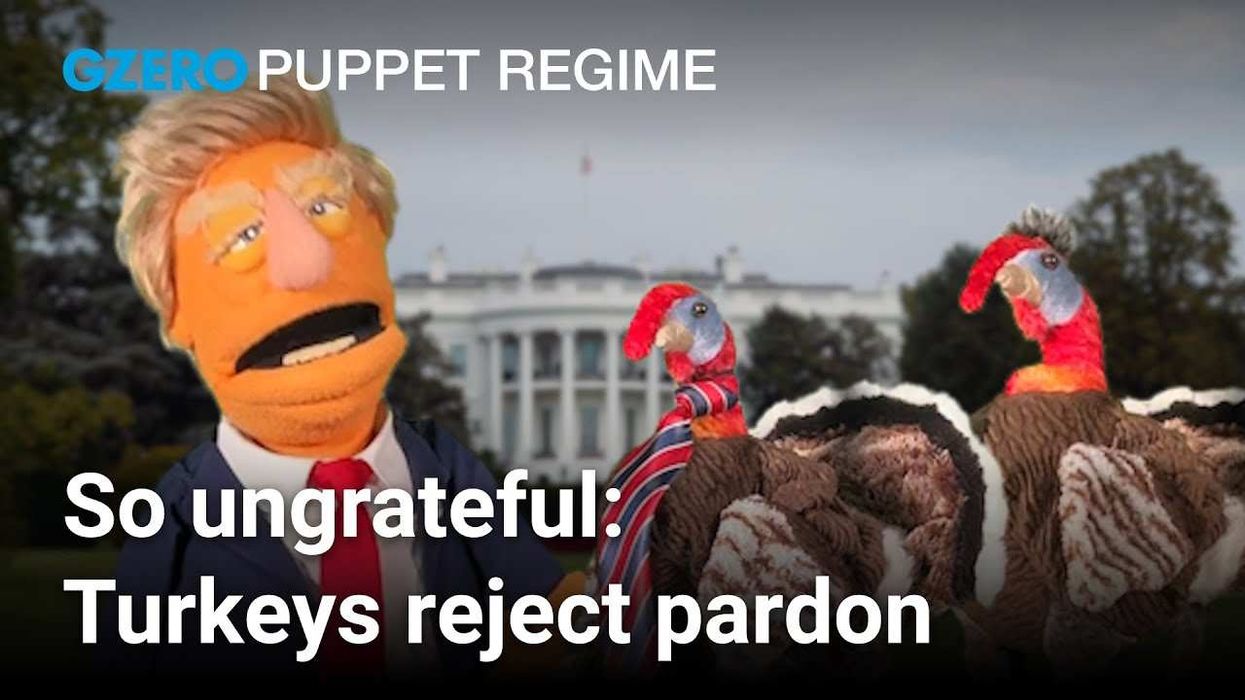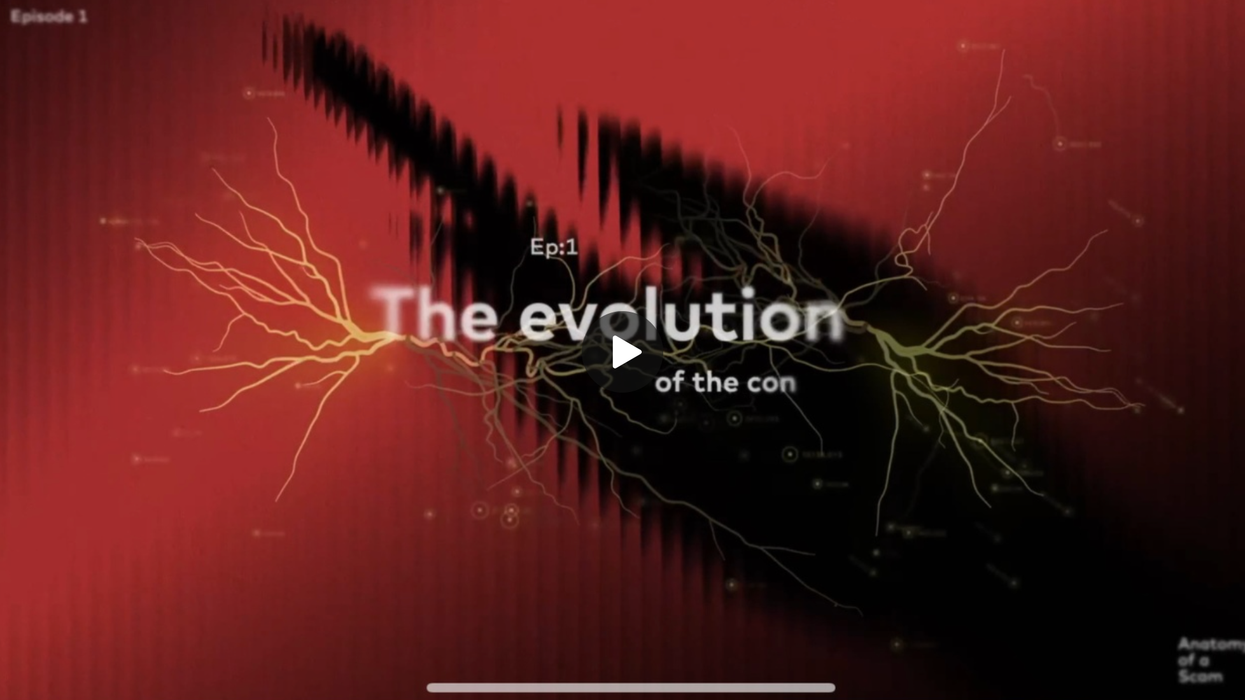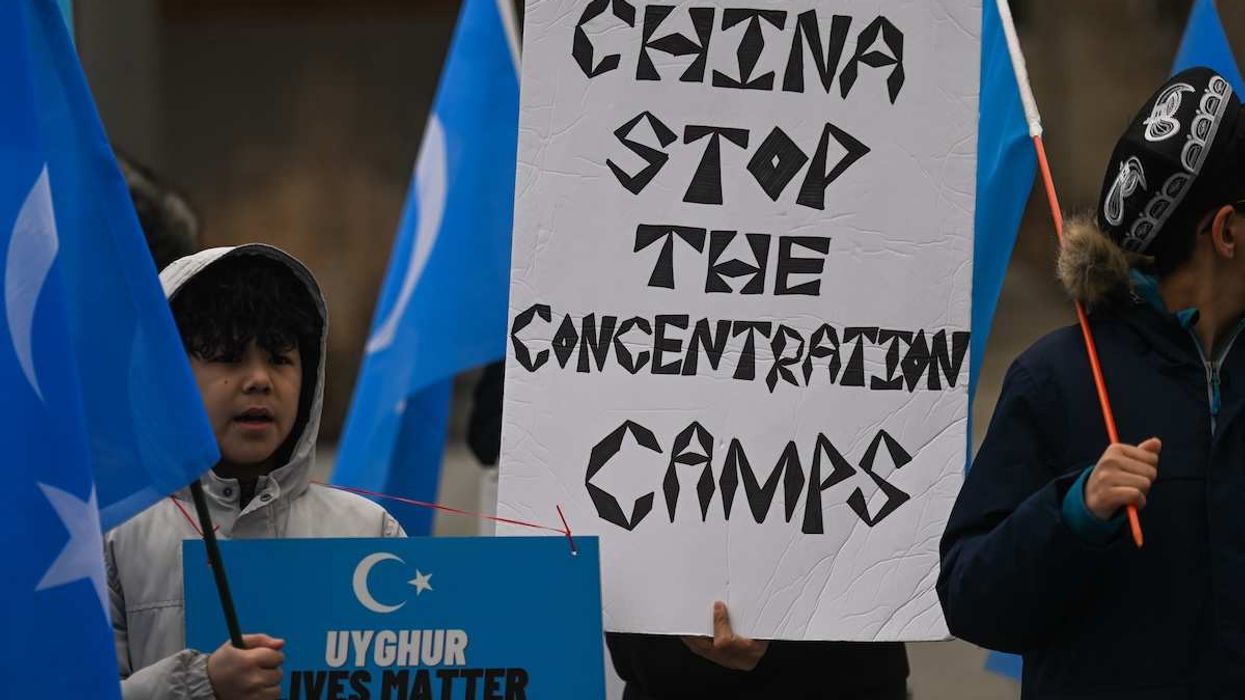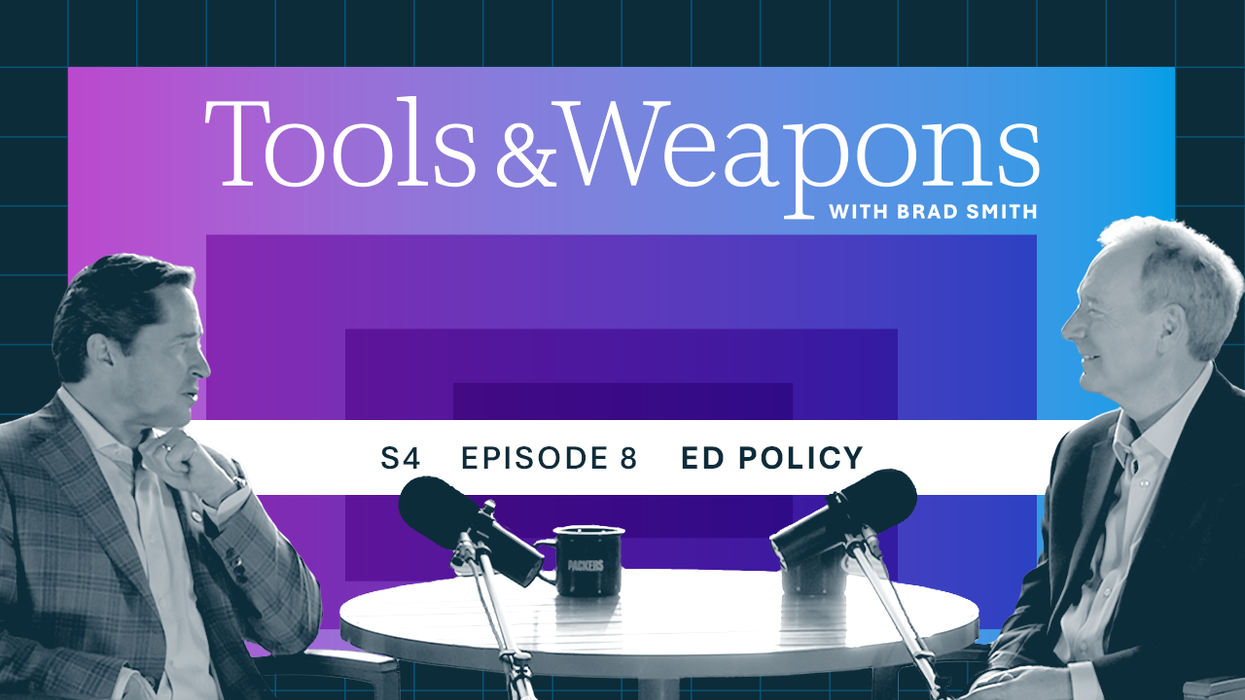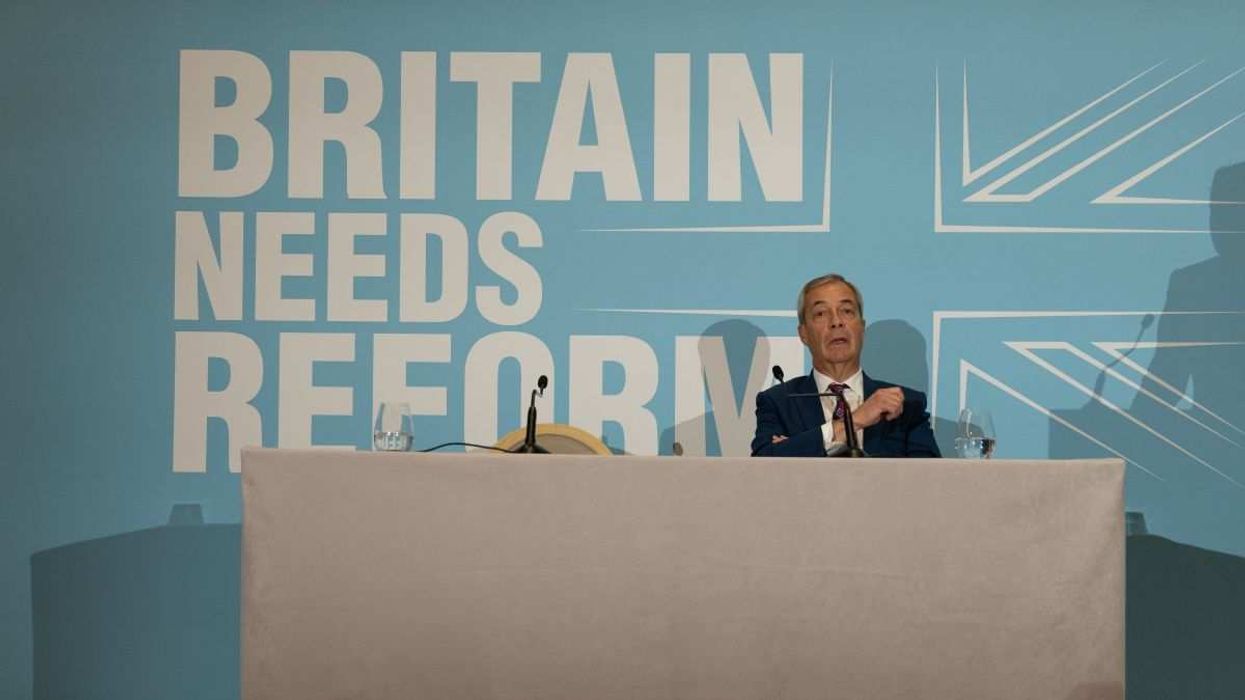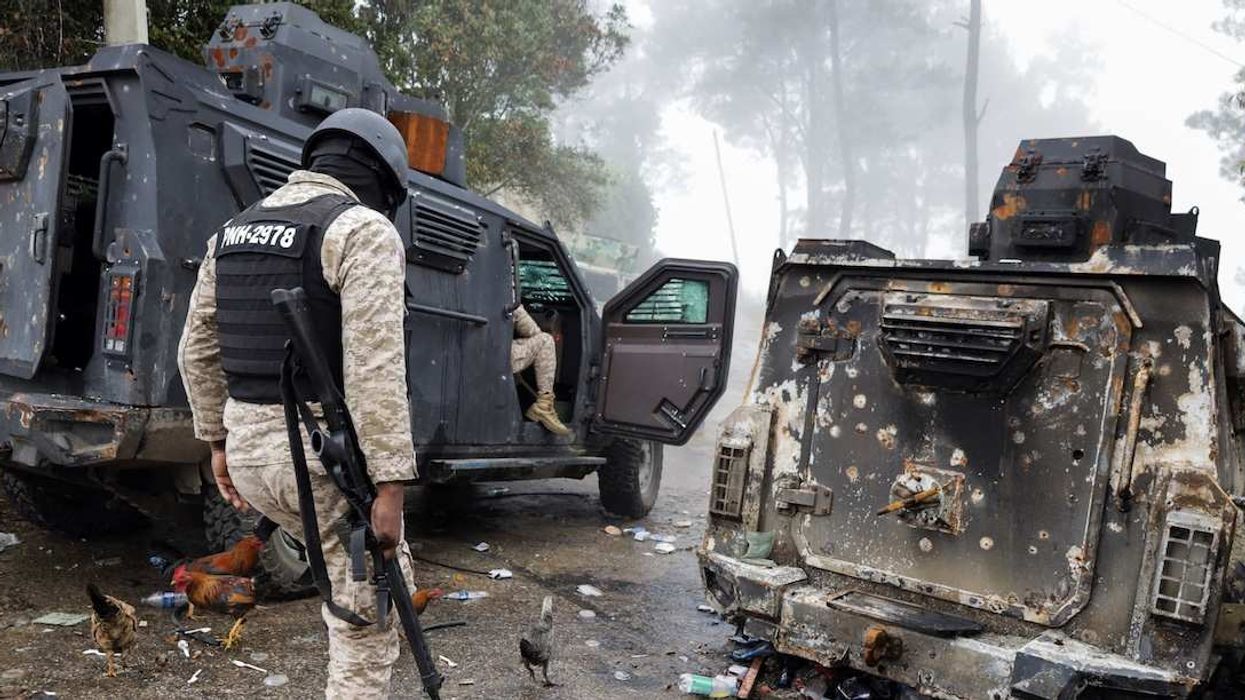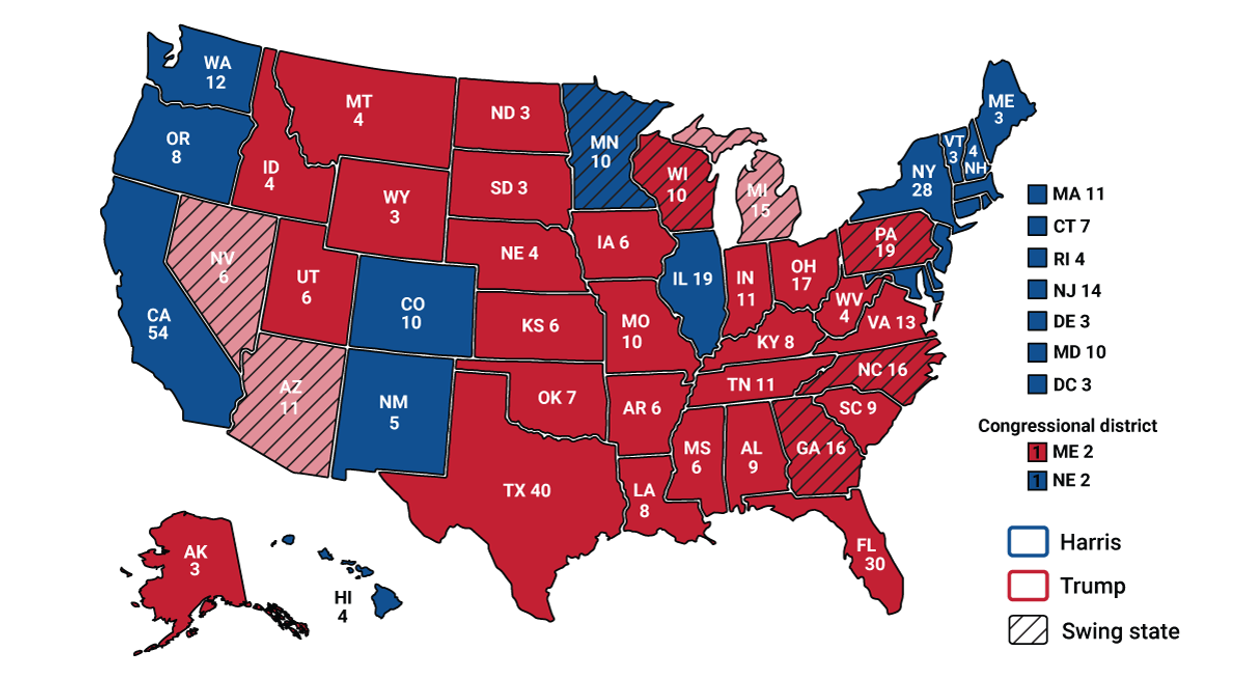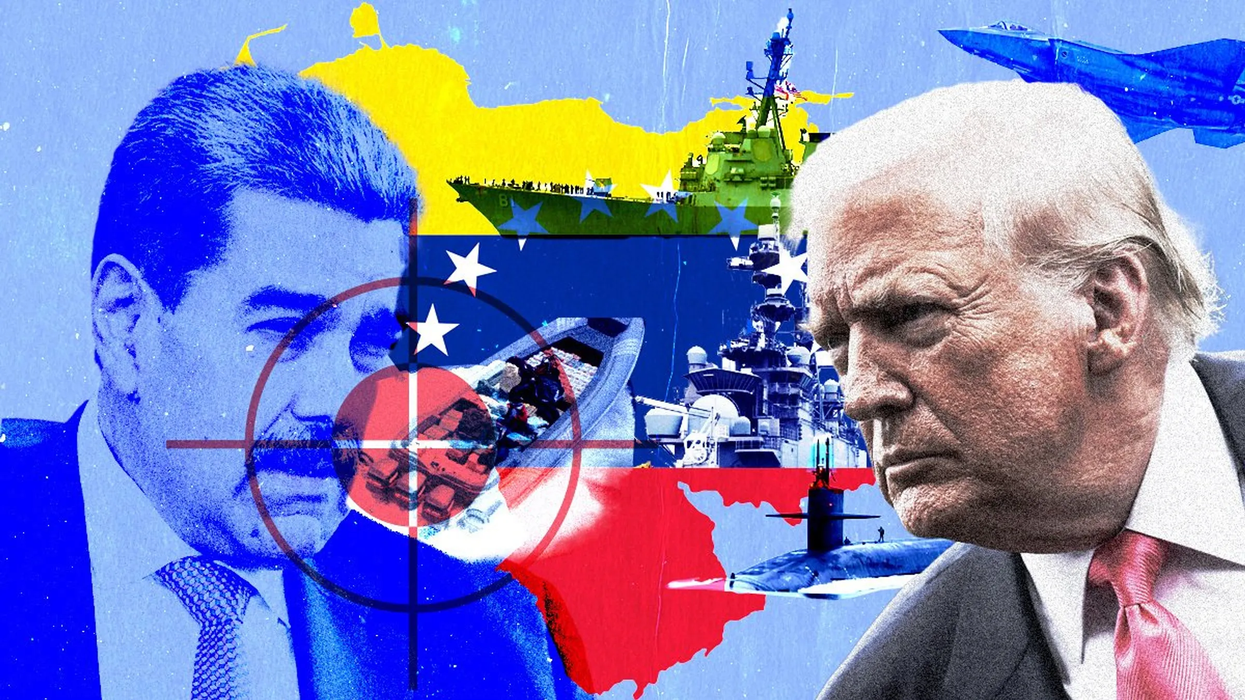US and Chinese negotiators were back at it this week. Talks went nowhere, and the next round of tit-for-tat tariffs, on $16 billion in goods on each side, has gone into effect. The Trump administration's threatened next step is to impose tariffs of up to 25 percent on an additional $200 billion in Chinese goods in coming weeks.
Over the next few weeks, keep an eye on potential friction over the status of Taiwan, a central issue that feeds Chinese suspicion of US motives.
The National Defense Authorization Act, which calls “long-term strategic competition with China” a top US priority, also recommends that the US “improve the defense capabilities of self-ruled Taiwan.”China’s Defense Ministry was quick to respond. “The Taiwan issue concerns China’s sovereignty and territorial integrity and is the most important and sensitive core issue in Sino-US relations… We urge the US to… carefully handle Taiwan-related issues.”
Washington hasn’t actually done much to help Taiwan lately, and there’s nothing new about US tensions with China over its status. But there are two factors that make Taiwan a more potentially dangerous flashpoint than it has been in many years:
- China’s President Xi Jinping now leads a much more assertive Chinese foreign policy than any of his predecessors, and his insistence that Taiwan is part of China has become much more forceful in recent months.
- There’s a US-China trade war underway, and Chinese officials are watching carefully for any evidence of US ambitions to contain China’s rise.
The bottom-line: Fair trade or containment of a rising challenger? It’s harder to resolve a high-stakes conflict when the two sides can’t agree on why it’s being fought.
